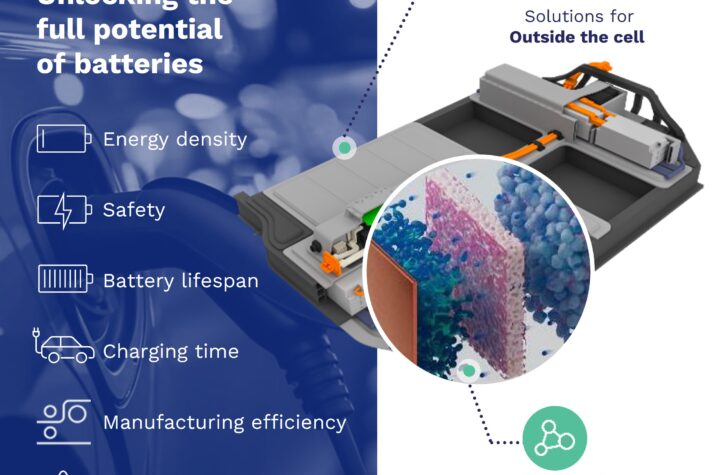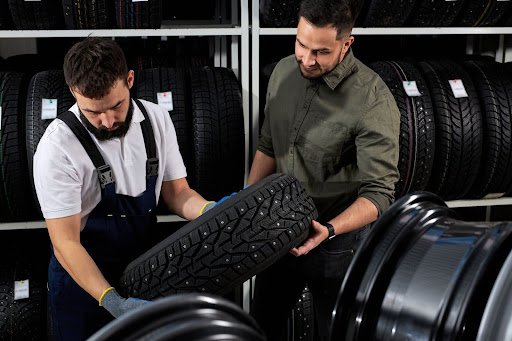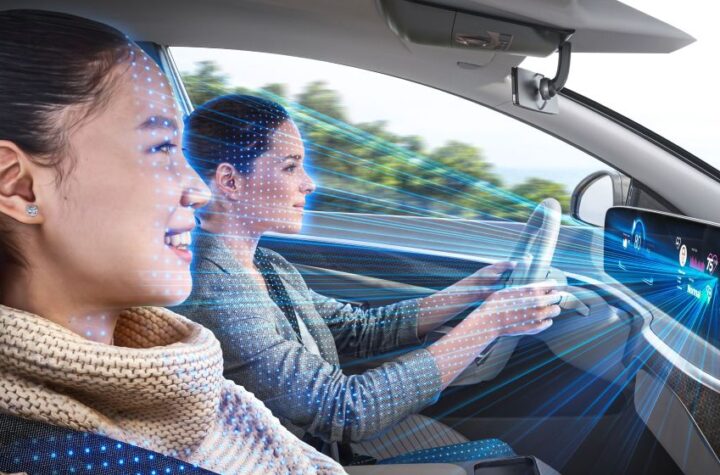
What is indisputible is that the auto industry, and mobility as a whole, is in a period of rapid and disruptive transition. But, as yet, there is no clear road map of the way ahead.
Companies like Rheinmetall’s Pierburg have identified that, during the period of transition (however long it lasts), there is a growing need for electrically-controlled components that can be fitted to the full range of vehicles – be they powered by internal combustion (ICE), electric, fuel cell or hybrid technology. These switchable components have the advantage of only using power when needed – which both extends battery life and reduces the consumption of fossil fuels.
Automotive Industries (AI) asked Dr. Berthold Franz, Head of the Business Units Commercial Diesel and Automotive Emission Systems at Pierburg, what he sees as the future of road transportation in the next two to three decades.
Franz: In the next decade we will still have mainly diesel driven commercial vehicles for long haul transportation and for operations like mining. In the cities we will see more electrically powered commercial vehicles in order to cut down emissions and noise. Within the next 10-20 years we will see a more diverse powertrain world even for long haul transportation in order to reduce CO2 emissions. Already there is a fuel cell powered long haul truck in the United States.
The diesel engine will not disappear, but it will be in co-existence with hybridized powertrains, pure diesel powertrains or alternative powertrains like fuel cell. I do not expect that we will have pure electric long-haul trucks. But I think fuel cell could be a very feasible technology.
AI: Why will diesel still power trucks in the medium term?
Franz: Diesel provides the best combination of payload and of range. The trickiest for the diesel will be the inner-city applications such as deliveries and garbage trucks. This world will be driven by emission regulations for cities and local regulations, and will become increasingly electric.
AI: How will diesel engines become more efficient?
Franz: Basically, there are two ways how we can improve efficiency. Advances in aerodynamic design, low-resistance tires, lightweighting and the like will improve efficiency by around 40% for road-going vehicles within the next two decades. In addition, engine efficiency will increase by around 46%. It could go up to 55% until 2030, but then it will be very, very tricky to tune the engines to even more efficiency. Looking at the EU target of 15% by 2025, I expect we will see 2-3% out of the engine and the rest will come out of other systems like aerodynamics, wheels and weight.
AI: Which are the current technical trends in commercial diesel applications?
Franz: The first thing that you see at our OEMs is reduction of parasitic losses – friction within the engine or the drives used to power the auxiliaries. In order to reduce that you make everything, such as oil and water pumps, controllable and switchable. They are also working on making the brake air compressor controllable or switchable. They are improving the belt systems with the dyno or with an eco-compressor.
If we look on the combustion side of the engine, everything is about air management. The focus is on getting air into the engine in the most efficient way possible, and then to treat and manage it efficiently once it comes out of the combustion chamber. Here the key element is exhaust gas recirculation (EGR). To maintain and manage that process you need controllable back pressure in order to operate EGR whenever needed. This will see electric EGR and back pressure valves replacing hydraulic systems.
AI: What technical innovations is Pierburg busy with?
Franz: In my business unit we are helping OEMs to manage air efficiently with the use of electronically controlled valves. In the other business units of Pierburg we are working on electronically controlled water and oil pumps in order to produce oil pressure or to provide water flow only when it is needed.
Then there are components like electric eco-compressors for both traditional and electric power trains. Drivers of hybrid vehicles that are standing still will want air conditioning even when the engine or motor is not running. Our eco-compressor will be launched in 2021.
We are also looking at the powering of the large trucks which deliver to supermarkets in the bigger cities. They have daily operating ranges of 150-200 km, running something like 17tons of payload. In some areas of the world they are not allowed to get into the cities very early because they are noisy. There are thoughts to get the last mile driven electrically by a small battery pack on the truck which is just able to run the truck for the last mile, feeding the supermarket and getting away. If you do this, you are not going to be able to brake because the air compressor for the brake is driven by the combustion engine.
Therefore, in our opinion, there will be a market for electrically driven air compressors which we are now working on. There are different possible configurations – fully electrically-controlled brakes, or a hybrid system for when the combustion engine is switched off. Fully electric vehicles will, of course, need an electric brake.
AI: Is electromobility an issue for your group?
Franz: Our electric climate control and air compressors are already suitable for the e-mobility world because you need brakes and air-con systems.
AI: What products have you developed for battery electric transportation?
Franz: We have the thermal module, which consists of heat exchangers and an AC compressor. With that system we can support battery cooling while quick charging; we can support cabin climatization when it’s very hot outside; or we can extend the range of a battery driven car by using waste heat from the e-engine or the electronics in order to heat up the cabin in the winter. Everything is contained in one very compact module which we have developed specifically for the commercial world and for e-mobility in order to extend ranges of the existing cars.
AI: What is the market potential for electromobility?
Franz: This is difficult to predict? If you were in Shanghai 10 years ago you would’ve seen a lot of extremely noisy small two-stroke extremely motorcycles. Nobody could imagine that only a few years later you won’t see a single one on the streets anymore. Now they are all small e-bikes. People are more comfortable living in cities where there is less noise and pollution, which means there is big potential for e-mobility. But, the other trend is that people are trying to avoid wasting time and energy commuting. This is changing the nature of work, and that in turn will affect the demand for e-mobility vehicles in cities.
AI: What’s next for Pierburg?
Franz: We have a very strong market position in today’s internal combustion technology, but all the different business units are preparing for e-mobility, mainly through the development of components rather than a full electric powertrain. We have a pretty robust portfolio no matter what the technology will be. Our strategy is to meet the needs of both hybrid and fully electric vehicles with the same components. For example, we have an electric compressor for climate control that you can apply to a hybrid car, but it can also be fitted to a fully battery-driven car.
If you look farther into the future, as showcased at last year’s passenger car IAA, we have developed a 90-kW electric drive unit as well as a new kind of modular battery pack. This shows that we are repositioning ourselves in the market to meet the needs of our customers – be it for components or for modular systems. Throughout the motor industry – including at the OEMs, there is intense discussion around whether the demand will be for components or bolt-modules. We are prepared through our flexible technology and solutions to meet the demand, whichever way the trend goes.













More Stories
Bangkok International Motor Show 2025 – The Talk of Sensuous Automotive
Dry silicon composite by Blue Current is the next generation of battery technology
Dürr Systems on paint supply: The foundation for high coating quality